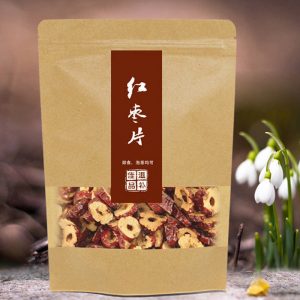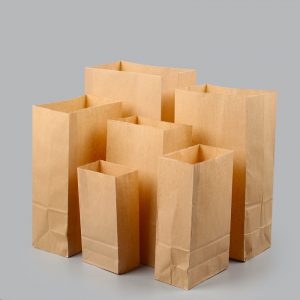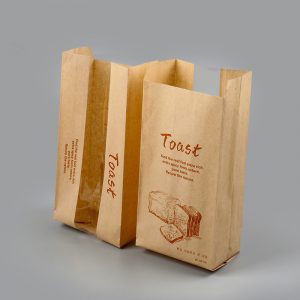Eco-friendly non woven t-shirt bag:Benefits of Using Jute Bags
Happily enough, we have now learned the evil effects of synthetic products in our lives and so have turned to natural or organic products that do not cause harm to the human body. That’s precisely why we now opt for organic food that’s free of synthetic fertilizers, hybrid or green vehicles that leaves minor carbon footprints and wonder of wonders, aircraft that uses solar power for long haul flights.
Similar is the case with carry bags that are essential items in our day-to-day life. We need large carry bags to carry food grains, medium size bags to carry groceries and fancy hand bags for traveling and other miscellaneous purposes. Only a short while ago, synthetic plastic bags made from petrochemical products such as Polyethylene and Polypropylene was extensively used for manufacturing of these bags. However, as these materials are not bio-degradable and in some cases are also prone to be carcinogenic in nature, manufacturing of plastic bags have been severely restricted in most countries.
Best Alternative To Plastic
As a natural alternative to harmful plastic, Jute (Corchorus capsularis & Corchorus olitorius) is now being used in a big way for manufacturing of these bags in India, Bangladesh, Pakistan, Thailand and a few other Asian countries. Apart from its other qualities described below, Jute is considered to be the best and cheapest natural fiber that has the requisite strength to withstand transportation hazard over longer hauls while the material carried in jute bags can ‘breathe’ and so does not deteriorate quickly.
Clean Earth and Jute Bags
Why Use Jute Bags/ Products
Bags and other materials made from jute is biodegradable, which means that when left unused for sometime, these will get destroyed on their own, leaving the world free of environmental pollution, as against plastic that remains intact for ages and so causes huge environmental hazard.
Jute is a natural vegetable fiber, second only to cotton and so can be sewn into any desirable shape and size.
Jute plants cleanse the air: studies reveal that 1 hectare of raw jute plants can take in up to 25 tons of CO2 while releasing 11 tons of Oxygen during jute cultivation season, lasting a little more than 3 months.
Possessed of high biological efficiency, jute can be harvested in course of less than 6 months, producing around 40 tons of plant stem per hectare.
Lesser environmental pollution as jute plants need very little fertilizer, herbicides/ pesticides to grow and produce raw jute.
Jute is known for its high tensile strength, low extensibility.
Jute fiber blends wonderfully with other types of fibers, both synthetic and natural, while accepting cellulosic dyes that include natural, basic, sulfur and pigment dyes, creating harmonious designs.
Jute cultivation is labor intensive, which suits developing countries where unemployment is a big issue.
Conclusion:
In order to live healthy as also to turn our lonely planet free of environmental pollution, Use Jute Bags and Jute Products as much as possible. Being cheap, versatile and climate friendly, these natural products will enliven and brighten our lives on mother earth.
Sinceyoung products are also constantly increasing, innovating, and improving quality. They are exported to many countries in Europe and America, and now form an integrated service integrating production, operation and proces











